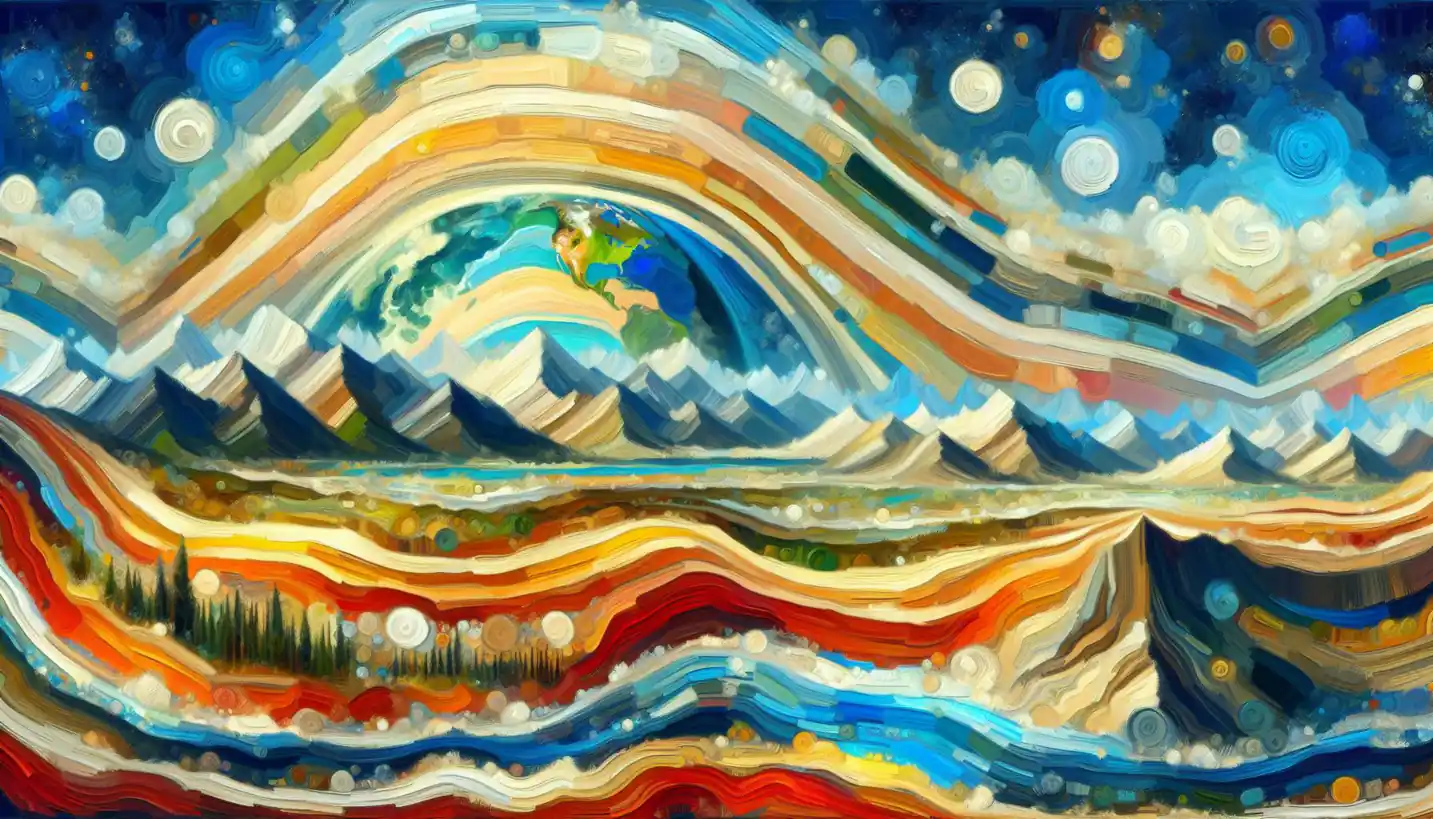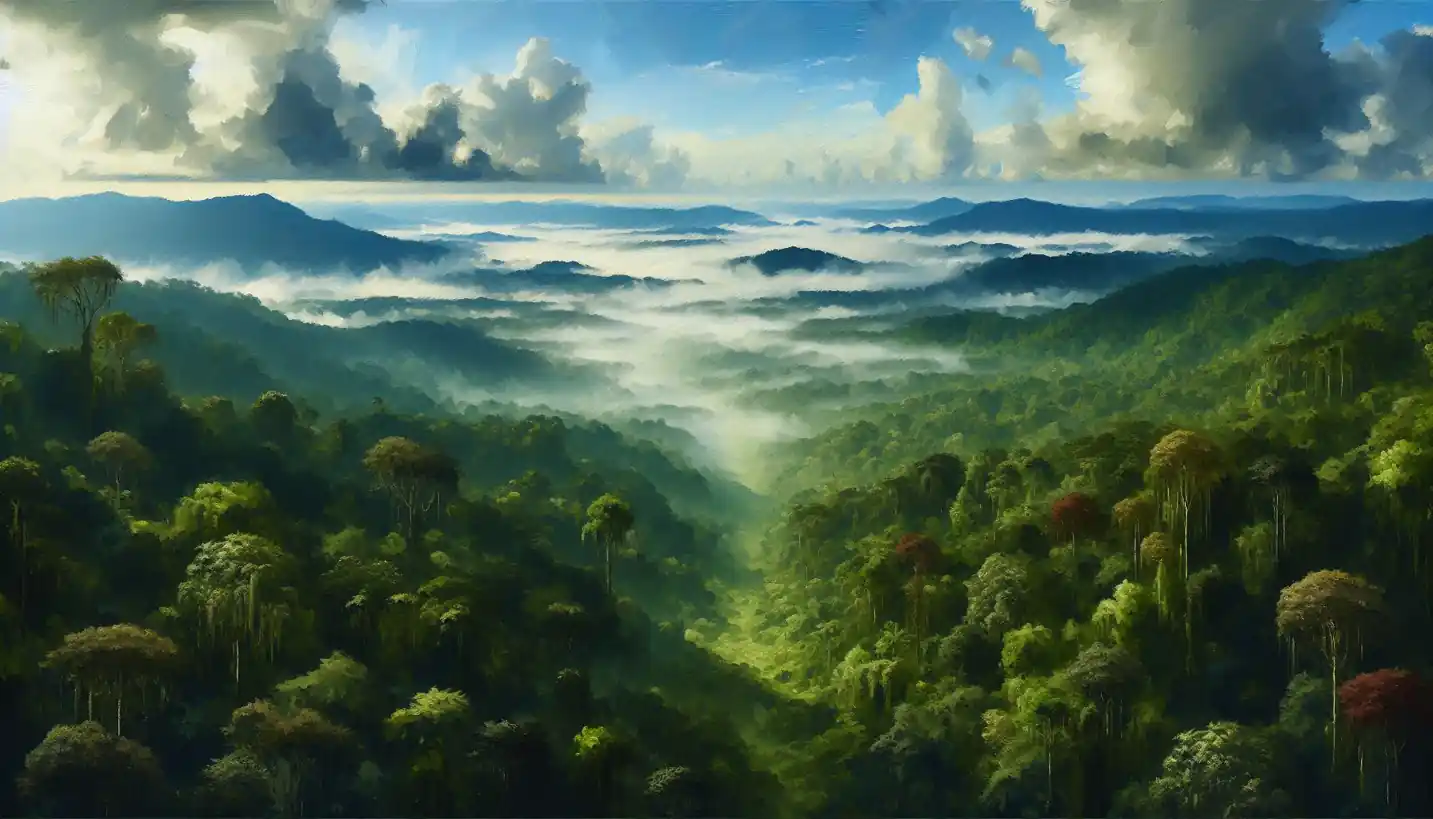· Earth Science · 4 min read
Coriolis Effect: The Hidden Twist of Earth's Spin
The Coriolis Effect twists air and ocean currents with Earth's rotation, affecting global weather. Explore this hidden force behind hurricanes and trade winds.

Ever watched water swirl down a drain and wondered why some things spin the way they do? The Coriolis effect is a fascinating concept in Earth science that explains how our planet’s rotation affects movement across its surface. It’s a bit like Earth’s invisible puppet strings, influencing everything from weather patterns to ocean currents.
At its most basic, the Coriolis effect describes how objects moving straight on Earth’s surface appear to curve because the planet is rotating underneath them. But why does this happen, and why do we care?
The Earth spins. It may sound simple, but this rotation creates a playground of forces. Picture yourself on a merry-go-round with a basketball. If you try to throw the ball straight to someone on the opposite side, it won’t follow a straightforward path. Instead, it seems to curve in the air. This happens because you’re on a rotating platform. Now, scale this up to the size of the Earth, and you get the Coriolis effect.
How the Coriolis Effect Works
The Coriolis effect is a result of Earth’s rotation. As the Earth spins from west to east, different parts of its surface move at different speeds. Think about the equator—it needs to travel faster to complete one rotation every 24 hours compared to the poles. If you’re near the equator, you’re moving faster eastward than someone near the poles.
Now, what happens to moving air or water? If it starts moving north or south, it carries that eastward speed with it. So, objects in motion in the northern hemisphere deflect to the right, while in the southern hemisphere, they veer left. This is why hurricanes spin counterclockwise in the north and clockwise in the south.
Real-World Impacts
The Coriolis effect is a key player in many natural phenomena. One of the most dramatic is its role in shaping global weather patterns. Large-scale wind systems, like trade winds, owe their directions to Earth’s rotation. Without the Coriolis effect, these winds would blow straight from high-pressure to low-pressure areas. But the Earth’s spin causes these winds to curve, setting up the trade winds that blow toward the equator and the westerlies moving away.
Then there are ocean currents. Much like atmospheric winds, ocean currents are deflected by the Coriolis effect. The famed Gulf Stream, which brings warm water from the Gulf of Mexico across the Atlantic, is steered by this mysterious force. This current plays a crucial role in regulating the climate of not just North America, but also Europe.
In Aviation and Artillery
Outside of nature, the Coriolis effect also impacts human activities like air travel and military operations. Pilots must account for it when planning flight paths over long distances. What seems like a straight line on a map can actually be a curved journey in reality.
Similarly, when artillery units fire over long distances, they must consider the Earth’s rotation. Ignoring the Coriolis effect could mean missing a target by miles. This was a critical discovery during World War I, where long-range artillery made precise calculations necessary.
Is the Coriolis Effect Everywhere?
A common misconception is that the Coriolis effect governs the direction water spins as it drains in sinks or toilets, but this isn’t true. The effect is too weak at such small scales. Instead, other factors, like the shape of the basin and how water is introduced, dictate the direction of swirl in your bathroom.
Importance of Understanding the Coriolis Effect
Understanding the Coriolis effect isn’t just for weather nerds or curious minds; it’s vital for many scientific and practical applications. Meteorologists rely on it to forecast weather, climate scientists study its influence on oceanic patterns, and engineers incorporate it into the design of large-scale projects like offshore wind farms.
Moreover, as our global climate changes, the Coriolis effect might change as well. The rotation of the Earth itself doesn’t shift, but the patterns of air and ocean currents do. Understanding these changes is crucial for predicting future weather patterns and their impact on the environment.
A Future of Exploration
With technology advancing, our ability to study and utilize the Coriolis effect grows. Satellites and sophisticated computer models allow scientists to explore its influences in greater detail, providing insights that could help mitigate climate impacts.
And who knows? Maybe understanding Earth’s twists and turns could inspire future innovations, from improved predictions for climate patterns to novel designs for transportation.
So next time you watch a storm spin on the weather report, think about the invisible forces at play. The Coriolis effect might be out of sight, but it’s a powerful player in the dance of nature. From the wind in the trees to the path of a plane, it’s the twist that weaves through the fabric of life on Earth.



